
One of the great issues I’ve found with my cinematic tastes is that the less “accessible” a film is to the general public, the more I am likely to enjoy it. Take for example films like Gerry, Somewhere, The Brown Bunny and Persona, films which longtime readers will know I love very much, but most other people I know don’t like it at all, or if they do, it’s not very much.
I’ve given a name to this sort of film: experimental cinema. Movies that aren’t so much focused on plot, but more on deeper, unspoken issues or themes. I’ve written of this in a post about how to understand minimalist cinema, but I’ve decided, as sort of a follow-up to that minimalist post, I’d write a short guide to essential “experimental,” or “minimalist” or “avant garde” cinema; a list of ten must-see movies for those interested in the genre.
Un Chien Andalou (1929)
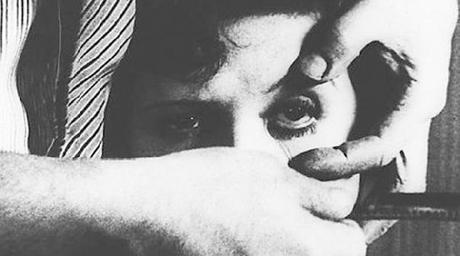
This is the quintessential experimental film; the single most important and brilliant piece of experimental cinema ever made. Luis Bunuel’s debut film is a 16-minute short that makes absolutely no sense and is not at all supposed to. Beginning with a woman’s eyeball being sliced by a razor, Bunuel throws the viewer into a disturbing, dark series of images that are burned into my memory.
L’Age D’Or (1930)
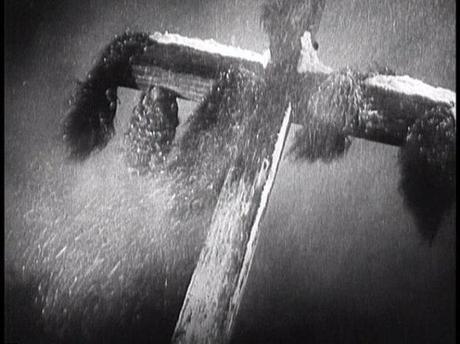
The follow-up to Un Chien Andalou, L’Age D’Or is a longer film, at 63 minutes, but is equally as confusing and senseless as its predecessor. Pure Surrealism, it seems to tell the story of a couple in love who encounter various strange oddities and disturbing imagery, even more disturbing and controversial than the pictures in the previous film. Though not as influential and important, L’Age D’Or is still a haunting, vital work that will leave you shaken.
Meshes of the Afternoon (1943)
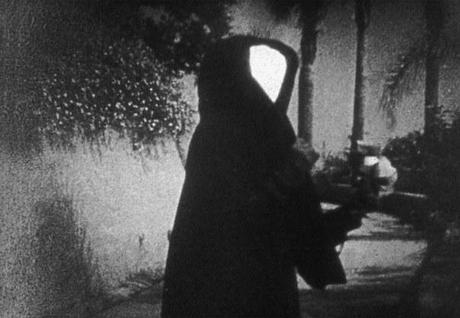
One of the earliest but most important American experimental movies, Meshes of the Afternoon is also the shortest film on this list. At 14 minutes, it is little more than a collection of bizarre images, which are conjured by a dreaming woman who is affected by the spectre of Death, whose face is a mirror. With the seemingly random references to knives, mirrors, keys, and flowers, among other things, Meshes of the Afternoon is simple but effective.
Scorpio Rising (1964)
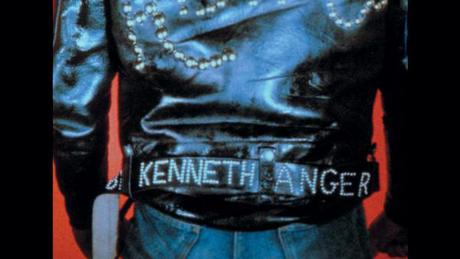
The first film on this list shot in sound, and what a use of sound it is. Experimental filmmaker Kenneth Anger made this film about vicious biker gangsters, but instead of focusing on dialogue, he uses a rock-n-roll soundtrack of contemporary American music, which is employed to act as dialogue on behalf of the actors, who take a dark foray through the occult, religion, even Nazism.
Persona (1966)

Ingmar Bergman’s minimalist experiment, Persona was a refreshing break from the more narrative-centred films such as Wild Strawberries and Through a Glass Darkly. It consists of two central cast members, an actress and a nurse, whose similar faces Bergman employs to make the audience feel uneasy about whether they’re two seperate women or a symmetrical reflection of a singular personality. Sure, this film has a plot, but that doesn’t make it any less senseless or bizarrely experimental.
Wavelength (1967)
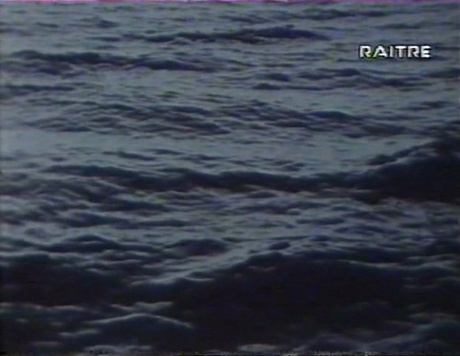
This 45-minute short is inarguably one of the key pictures of minimalist or experimental cinema, one of the few true avant-garde features included in the 1001 Movies You Must See Before You Die list. It consists of a single shot, made up of various broken takes, which, edited together, form a slow zoom inward on a postcard. It’s fascinating, interesting, and strangely satisfactory, and it is one of the few films on this list that really provides the viewer with an unforgettable experience, a film that is quite literally a journey to another world.
El Topo (1971)
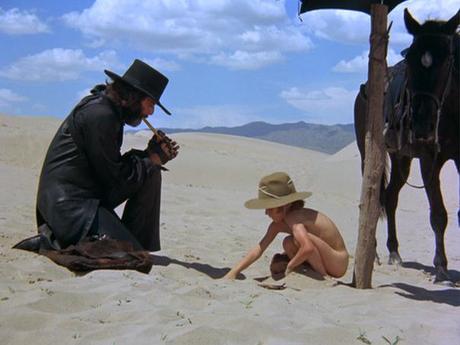
Alejandro Jodorowsky is a name automatically associated with allegorical imagery, plotless sequences and general weirdness, and with El Topo he delivers a film which matches all those descriptions, and then some. It is also his best film. The tagline proclaims it as “the definitive cult spaghetti western,” and that’s a pretty accurate description. Jodorowsky himself plays a traveller who rides through the desert with his “son,” a nude young boy representing the innocence of youth as it is broken by the natural strain of becoming a man. The film is incredibly made, well-directed and will leave questions on your lips as it journeys to its conclusion, questions which are likely destined to go unanswered.
Jeanne Dielman, 23 Quai du Commerce, 1080 Bruxelles (1975)
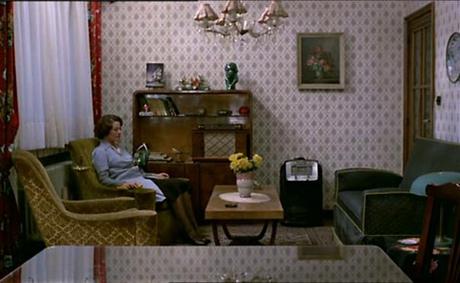
Chantal Akerman’s masterpiece, a long, unforgiving, silent but deadly Belgian artwork, examines three days in the life of a housewife/widow who is slowly losing her mind. She is dominated by routine, barely talks, and always looks frail and about to snap. She keeps us constantly on edge until the film’s shocking, bloody conclusion. This is a movie that will make you step back and reexamine what it is like for a housewive, without any of the melodrama or sex or any of that shit that you see on the soap operas. This is all real, it feels real, and as it drew to its startling climax, it had my mouth wide open, in a permanent gape.
Eraserhead (1976)
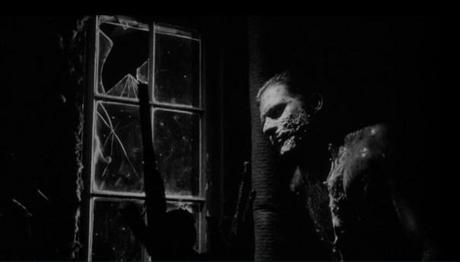
David Lynch’s first feature film is, in my opinion, not his greatest experimental movie. That is 1967′s 4 minute short The Alphabet. But, Eraserhead manages to resurrect some of the themes from that movie and employ them here, and he does so wonderfully. The Alphabet scared the living shit out of me (one of the five scariest films I’ve ever seen), and although Eraserhead isn’t quite as scary, it manages to capture the bizarre essence of all Lynch’s shorts with an incredibly disturbing landscape and atmosphere that dominates the film.
Koyaanisqatsi (1983)
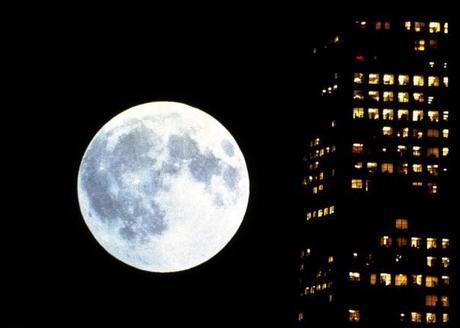
The last film on this list is also the most recent, an experiment which despite the confusing title is actually American. This is the sort of movie that made me want to be a filmmaker, and if I ever do make a film, it will be like this. There is no plot whatsoever. All the film is is a series of expertly filmed images, with an incredibly moving soundtrack from Phillip Glass. The film uses a mixture of slow-motion and fast-motion effects to enhance the film’s drug-like feeling, and give the film’s title some meaning, an ancient Indian phrase meaning “life out of balance.” Indeed, there is no balance or sense here; just frantic, disturbing imagery that is an essential part of a pure example of experimental cinema, which is quite possibly my absolute favourite genre of film, which has had a profound influence on the way I view cinema and the world, especially when I look through the lens of a camera.
–
There. That’s my list. Well, I suppose it’s more than a list. It’s an examination of one of my favourite genres, where I reveal some deeper opinions about this type of cinema I so dearly love. I’ve been working on an experimental short film, much in the vein of these movies in this list; they’ve had such an influence on me, that I can no longer ignore it. While others may criticise this genre for being harsh and inaccessible, I view it with a fresh set of eyes, simply curious to see what it has to offer and make my own judgments on what is little more than a vast collection of ideas, beautiful ideas.
Which of these films have you seen? Any of them at all? Which ones sound interesting to you? Do you plan to give any of them a watch? What do you think of the experimental cinema genre? Does it interest you, or repel you? Leave a comment below, and thanks for reading.

